The X2 Pro is a mid-range smartphone with some impressive-looking basic specs from Chinese manufacturer Realme. Key phone features include a large 6.5-inch Super AMOLED FHD+ display, the powerful Snapdragon 855+ chipset, and a quad-camera rear setup that includes wide, ultra-wide, telephoto, and depth sensors.
For selfie shooters, the Realme X2 Pro offers a single 16MP 1/3-inch sensor with 1.0µm pixels linked to a wide-angle 25mm-equivalent, f/2.0-aperture lens. Front-camera video is captured at 1080p resolution at 30 frames per second with gyroscope-enabled electronic image stabilization (EIS).
Read on to find out how the Realme X2 Pro front camera performed in our DXOMARK Selfie tests.
Key front camera specifications:
- 16Mp 1/3-inch sensor with 1.0µm pixels
- 25mm-equivalent, f/2.0-aperture, fixed-focus lens
- 1080p/30fps video with gyro-EIS
About DXOMARK Selfie tests: For scoring and analysis in our smartphone front camera reviews, DXOMARK engineers capture and evaluate over 1500 test images and more than 2 hours of video both in controlled lab environments and in natural indoor and outdoor scenes, using the camera’s default settings. This article is designed to highlight the most important results of our testing. For more information about the DXOMARK Selfie test protocol, click here.
Test summary


Achieving a DXOMARK Selfie score of 74, overall front camera image quality is a little low on the Realme X2 Pro. The device ranks towards the bottom in our selfie database, with results similar to older devices such as the Huawei Mate 20 Pro and the Samsung Galaxy S8.
Its Photo score of 74 is also quite a long ways off recent top performers such as the Huawei P40 Pro at 108, but the Realme X2 Pro is capable of some nice stills in the right conditions. Strengths include generally accurate face exposure, good detail at close range, and low noise indoors, as well as nice flash and bokeh pictures. The device’s drawbacks are significant, however, with frequent exposure instabilities and very limited dynamic range. Colors can be slightly desaturated, too, and narrow depth of field means that only faces quite close to the camera are in good focus.
Overall, the Realme X2 Pro achieves a slightly disappointing score for exposure and contrast. Although target exposure on faces can be accurate in a range of lighting conditions, with actually pretty good results indoors and in low light, it’s less successful outdoors. Very limited dynamic range can result in highlight clipping on faces, backgrounds are frequently totally overexposed, and contrast is generally low. While face exposure on the X2 Pro is acceptable in the example below, the blown-out sky and low contrast are very evident compared to the iPhone 11 Pro Max and Pixel 4 examples.
Significant exposure instabilities also affected the X2 Pro’s exposure sub-score, with very different results captured across consecutive shots outdoors. While our second shot with improved contrast is the most successful, the device failed to capture good highlight and shadow detail in any of the shots.
The X2 Pro’s score for color is a little more positive, thanks to good color response measurements in our lab analysis. The device is also capable of nice skin tone rendering, with pleasant results captured in many of our natural test scene images. The device is not without some color concerns, however, as color casts are occasionally evident. A slight pink cast color in some examples isn’t too offensive, but an occasional strong cold color cast seriously affects skin tones.
In our perceptual analysis of color, our testers also found saturation to be lower compared to some of the competition. It’s not as obvious when viewed in isolation, but side-by-side against top performers, color on the X2 Pro lacks some punch.
The X2 Pro’s fixed-focus lens delivers in-focus faces with the subject at close (30cm) and medium (55cm) distances from the camera. But when capturing shots using a selfie stick with the subject a little further back (120cm), faces are noticeably out of focus.
Texture is a nice strength for the X2 Pro, and detail on faces is well rendered in those close- and medium-range shots. In fact, detail holds up nicely in all lighting conditions, so as long as you keep the camera fairly close, you can expect sharp faces in both indoor and outdoor shots. The f/2.0-aperture lens captures fairly narrow depth of field, however, so expect less detail in backgrounds as well as in group selfies, where faces behind the first subject are often out of focus.
Noise is also very well controlled on the X2 Pro, and in fact, it’s an improvement on some of the more expensive competition. Very little noise is evident in faces in outdoor shots, and in low-light areas of uniform color, such as the wall in the example below, the X2 Pro image is cleaner compared to those taken with the iPhone 11 Pro Max and the Pixel 4.
We deduct points for obvious artifacts that affect image quality, and the most significant problems on the X2 Pro are a loss of sharpness towards the edges of the frame and a hue shift on faces. We also observed anamorphosis (stretching of elements towards the edge of the frame) and color quantization, but these are slightly less problematic overall. However, in the bright-light examples below, you can see a cyan shift in the sky and a strong hue shift on faces; these could be improved with better tuning.
Flash pictures are a strength for the X2 Pro. In pitch darkness (0 lux) and using the flash as the only light source, exposure and color on faces are pleasant and the level of detail is high. Corner shading is quite heavy and the white balance is a little cold, but it’s overall a very respectable result for such challenging conditions. Results are even better when mixing flash with a little tungsten lighting (5 lux): exposures remain accurate, but with less corner shading, and improved white balance ensures nicer skin tones with more accurate color. Flash exposures are very consistent, too, delivering the same good results across consecutive frames in both our 0 lux and 5 lux tests.
Bokeh activation is pretty successful on the X2 Pro as well. Subject segmentation isn’t perfect, but the device often does a good job around complex areas like wispy hair; moreover, the shape of the bokeh is nice, with well-contrasted spotlights. The effect is also repeatable and the level of noise across sharp and blurred areas is consistent. The level of blur is always the same intensity, though, regardless of its distance from the subject. This can make the X2 Pro’s bokeh portraits look a little unnatural, but still, bokeh results are pretty pleasing overall.
The X2 Pro achieves the same score of 74 for video as it did for stills. Again, this positions the Realme device fairly low down in our front camera video rankings, and many of the same strengths and weaknesses we observed for stills are evident for moving images as well.
Tested in the lab, video target exposures are bright but very acceptable in all lighting conditions down to low light (20 lux), with obviously underexposed videos captured only in extreme low light (5 lux). Capturing videos on location, exposure on faces remains pretty good generally, and in good lighting conditions, subjects are particularly bright and well-exposed. Limited dynamic range is a serious problem for exposure in videos, though. In bright or high-contrast conditions, backgrounds are often very overexposed, and highlight clipping on faces can occur.
Video color rendering could be improved on the X2 Pro, too. Slightly desaturated color is evident in all lighting conditions, and white balance color casts are visible in videos shot under a range of different lighting conditions.
The level of detail is fairly low in the X2 Pro’s 1080p videos as well, which is particularly noticeable in outdoor videos. Tested in the lab, the level of measured acutance is good in low light at around 60%, but this doesn’t improve in brighter conditions, whereas the best 4K devices such the iPhone 11 Pro Max measure over 80%. The fixed-focus lens is again sharp for single-person videos when you’re quite close to the camera, but with no autofocus, faces can drop in and out a little if you move the camera while walking or panning. As with stills, depth of field is also very limited in videos, so expect those backgrounds to be noticeably softer, as well as faces behind the front subject in a group video to be out of focus.
Noise is a good strength for video on the X2 Pro. Both temporal and spatial noise are extremely well controlled in outdoor conditions, with very good results indoors, too. Visual noise does become a little more prevalent in videos shot in very low-light conditions, as you’d expect, but even so, the results remain acceptable.
We applied artifact penalties for frame rate instabilities, hue shifts, and ringing, but the device’s main weakness for video capture is stabilization. With its gyro-EIS system seemingly ineffective in correcting motion, expect to see quite a lot of high-frequency residual motion, wobbles, and judders when recording handheld videos while walking or panning.
Conclusion
Packing a big screen, fast processor, and quadruple rear camera, budget-conscious consumers get quite a lot of smartphone at an attractive price with the Realme X2 Pro. If selfies are an important factor in your buying choice, however, you may be slightly underwhelmed by its front camera performance.
Serious exposure instabilities mean it’s not very reliable, and very limited dynamic range makes it difficult to capture nice selfies in very bright conditions. Color saturation is also weak compared to the best performers, and narrow depth of field means that only faces close to the camera are sharp. While the X2 Pro does have some strengths in the shape of good detail in single-person selfies, as well as nice bokeh and flash shots, there are better performers overall in the mid-range market.
Photo
Pros
- Pleasant color rendering
- Mainly accurate face exposure
- Nice detail at close range outdoors
- Well-controlled noise outdoors
- Accurate and repeatable flash
- Good depth estimation in bokeh shots
Cons
- Limited dynamic range
- Serious exposure instabilities
- Occasionally desaturated color
- Limited depth of field
Video
Pros
- Mainly accurate face exposure in good light
- Well-controlled noise
- Usually pleasant skin tone rendering
Cons
- Poor stabilization
- Limited dynamic range
- Narrow depth of field
- Low detail
- Color casts in several lighting conditions


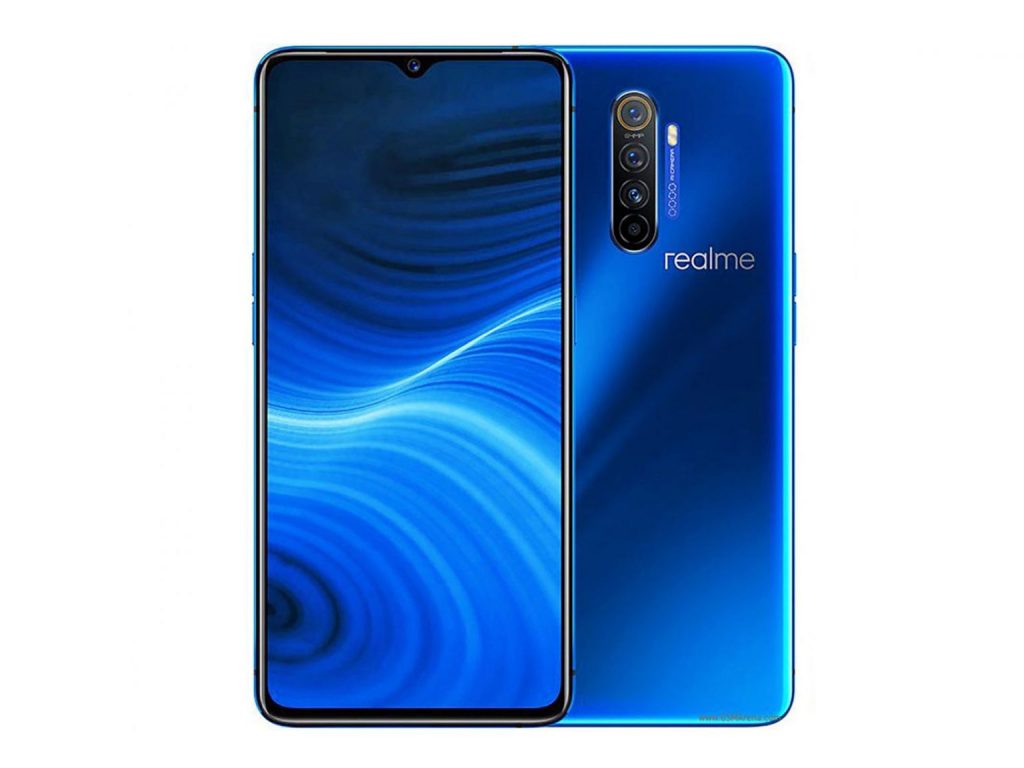
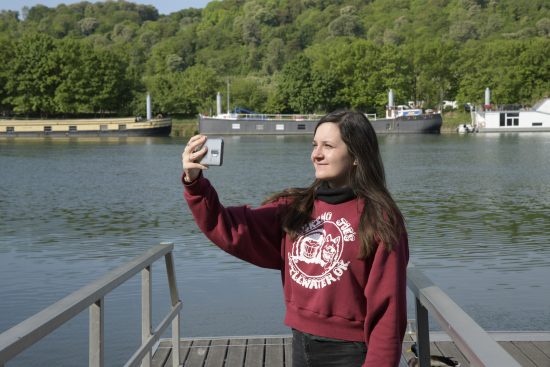
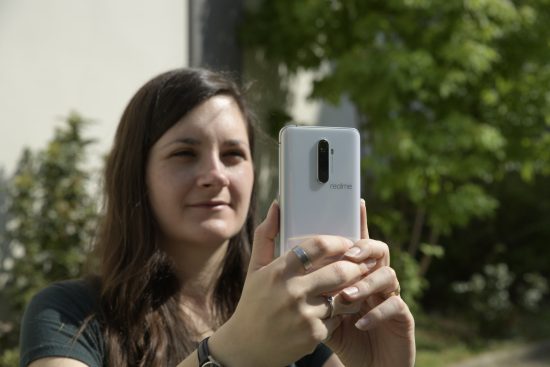











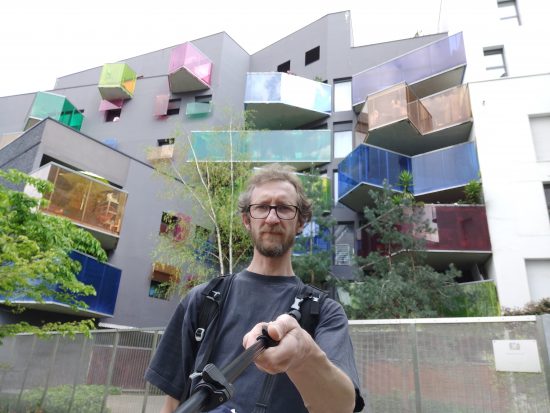











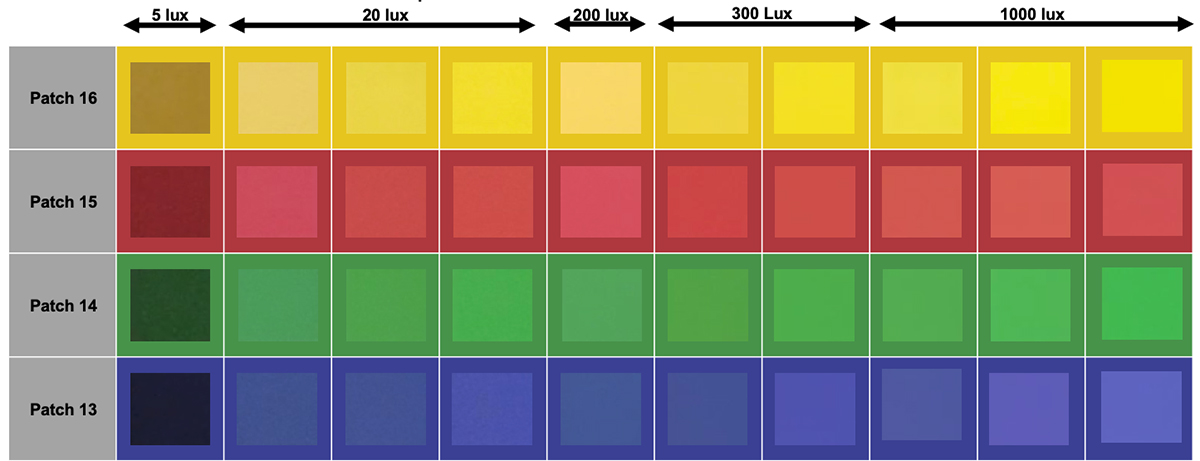
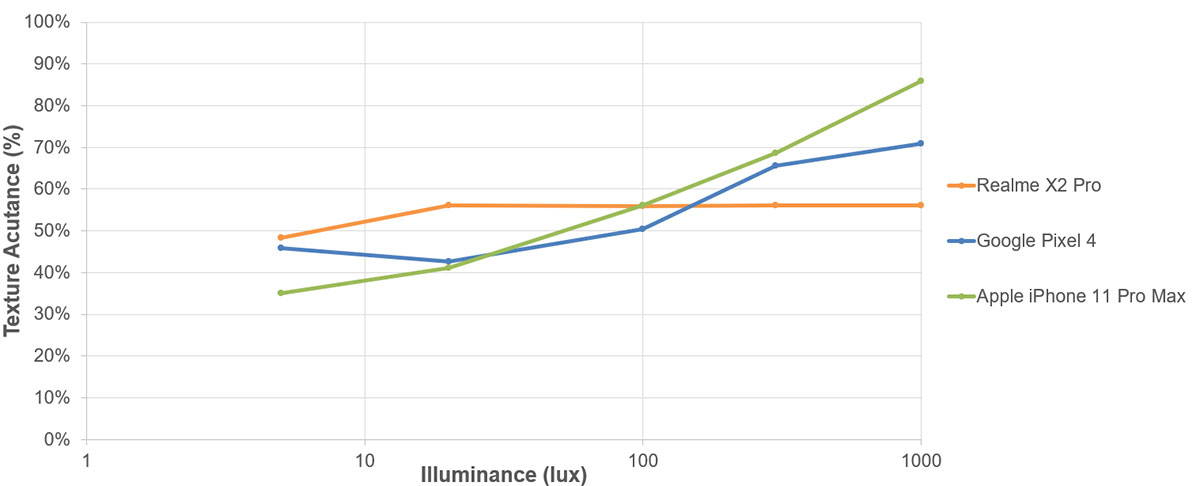
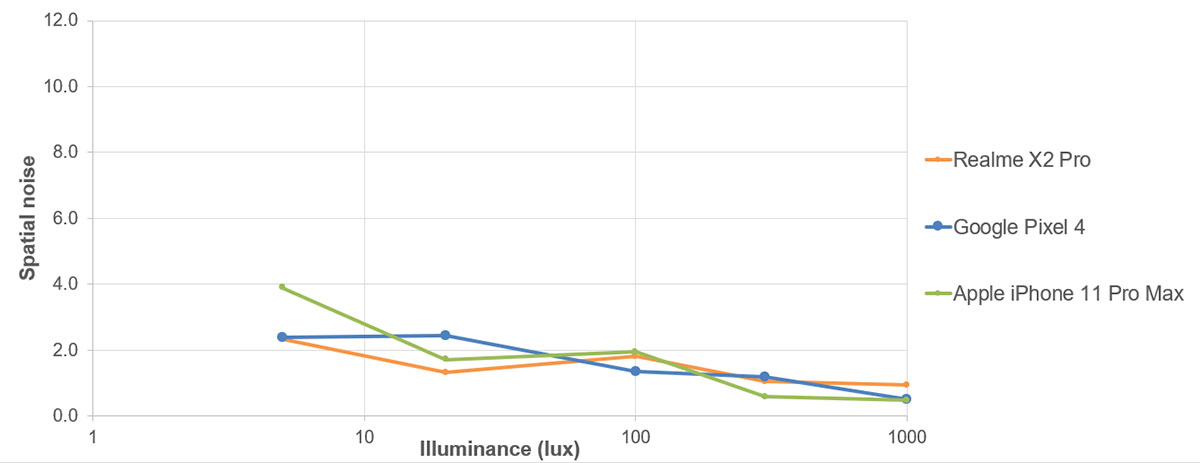
DXOMARK encourages its readers to share comments on the articles. To read or post comments, Disqus cookies are required. Change your Cookies Preferences and read more about our Comment Policy.